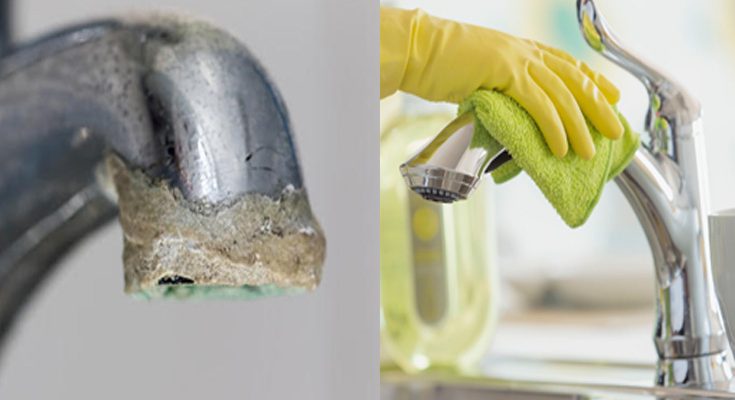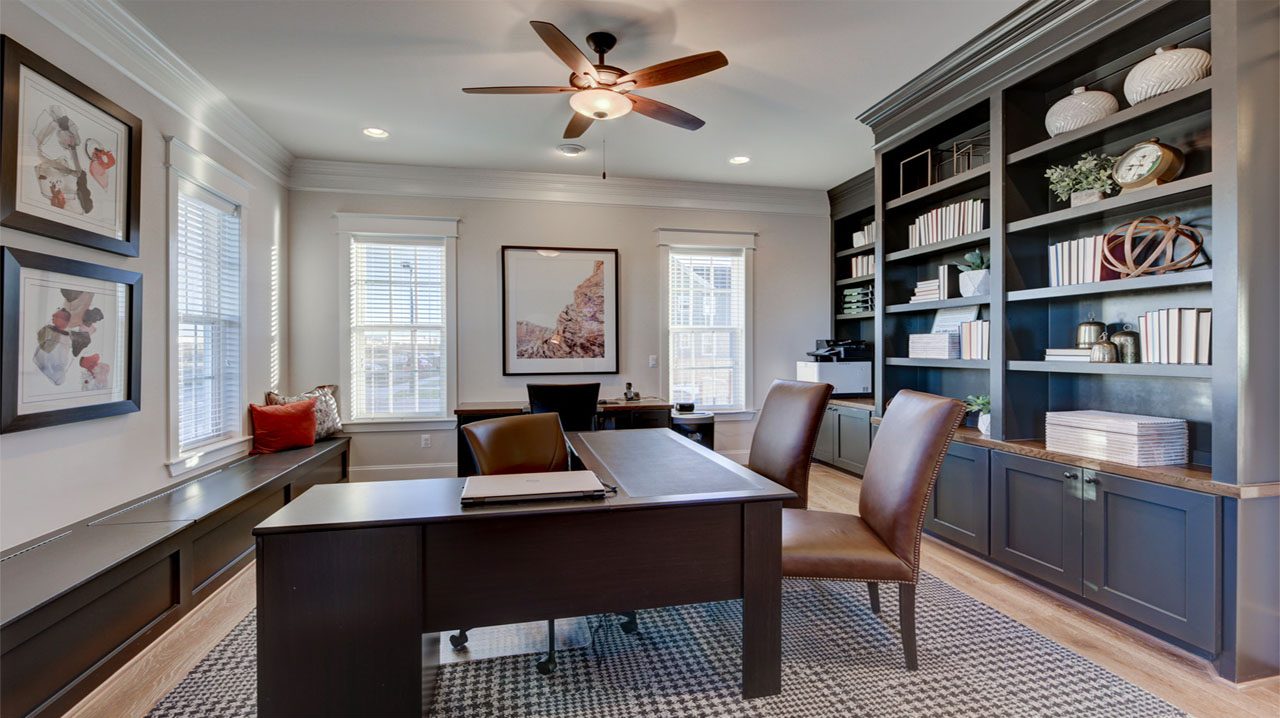
How to Get Rid of Calcium Build-up on Your Taps
Anywhere else, it’s unsightly to see calcium build-up on otherwise sparkling, chrome tap fixtures. Even if you are the type to keep your bathroom spic and span, calcium build-up can make it look dirty and unkempt. Worse still, it is difficult to clean up and scrub away. However, we are here to show you what blocked drain plumbers in Sydney recommends getting rid of calcium build-up on your taps.
What is Calcium Build-up?
Calcium build-up is typically a result of hard water. Hard water is high in minerals, and it is developed when water seeps through chalk, gypsum, and limestone deposits. These deposits are primarily composed of sulphates, bicarbonates, and calcium and magnesium carbonates. When hard water, which is loaded with these compounds, flows through taps or showerheads and evaporates on them, it can coat the metal with calcium build-up, making the fixtures appear white and crusty. Calcium build-up …
How to Get Rid of Calcium Build-up on Your Taps Read More
